Bastet in Egyptian Mythology — Egyptian Cat Goddess of Cats and Bubastis
Do you love cats? Are you fascinated by Egyptian mythology? If so, then We’ll be exploring the history and significance of Bastet, the Egyptian cat goddess of cats and Bubastis. Get ready to delve into the world of Ancient Egypt and discover all that this feline deity has to offer!
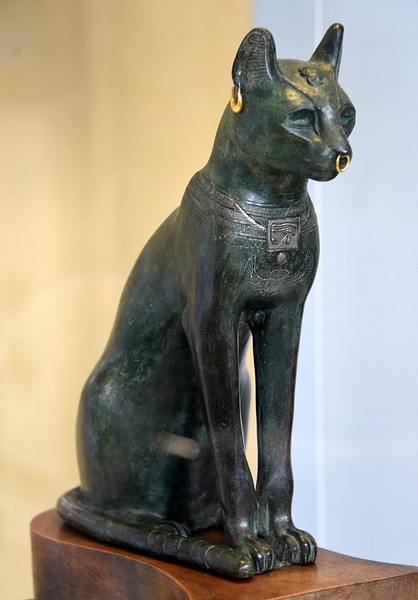
Introduction to Bastet
Bastet is an ancient Egyptian goddess worshiped in the form of a cat and lioness. She was known as the daughter of Re, the sun god. Bastet or Bast was a goddess of ancient Egyptian religion, with her worship beginning in Second Dynasty (2890 BCE). Additionally, she is also known by other names such as Sekhmet (the goddess of healing and warfare) and Mafdet (the goddess of justice). As cats were domesticated and introduced into a domestic setting, Bastet eventually gained a cat’s head.
Bastet is known for being a fierce protector of the home from evil spirits. She also holds many other important aspects such as love, beauty, fertility, cats, dance, music, and war. Her myth “The Return of the Faraway Goddess” tells how she was angered at god Re and went away to be forgotten until called back by him. Bastet remains an important figure in Egyptian mythology today with many temples dedicated to her throughout Egypt including one at Bubastis which remains one of the most well-known sites devoted to her worship.
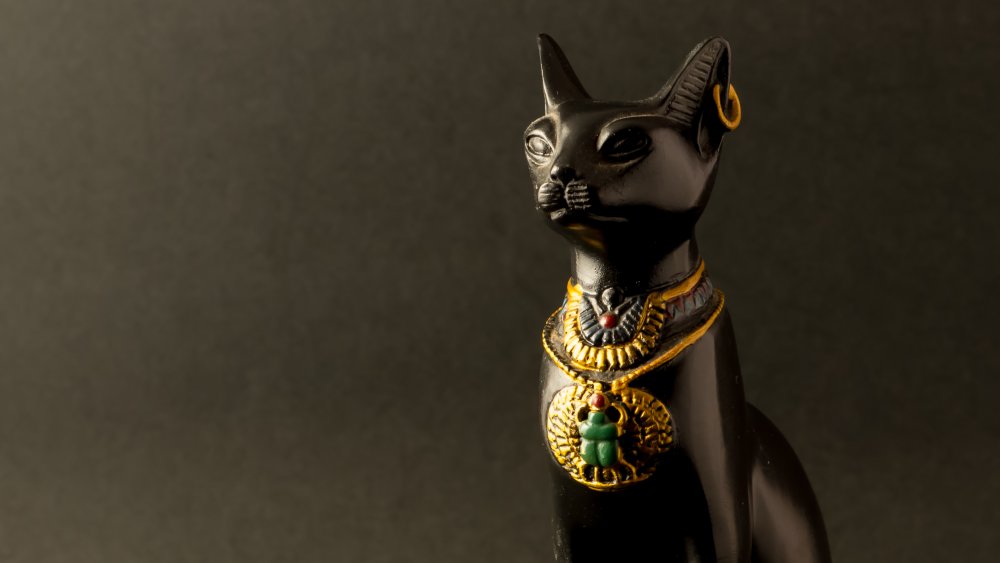
Bastet’s Origins in Ancient Egypt
Bastet, also known as Bast, is an ancient Egyptian goddess who dates back to the Second Dynasty (2890 BCE). She was worshipped in the form of a lioness and later a cat. Her name means “primeval waters” and she was the daughter of Re, the sun god. Bastet was associated with cats and domesticity, fertility and childbirth, women’s secrets, home protection from evil spirits, and general protection for all things connected with home life.
Bastet’s popularity rose steadily throughout ancient Egyptian history until she became one of the chief goddesses in their pantheon. Cats were important to ancient Egyptians as they required minimal care. They believed that cats had been domesticated in Bastet’s name due to her power over them. The Rosicrucian Egyptian Museum even honors cats as they are seen as symbols of her power in modern-day Egypt.
The city of Bubastis acted as a focal point for Bastet worshipers throughout Egypt and Europe during Ancient times. Clues from ancient texts guided European archaeologists on their long search for this sacred city which was dedicated to the cat goddess Bastet herself. Her presence can still be felt today through artifacts found by archaeologists that document her importance in Ancient Egyptian culture.
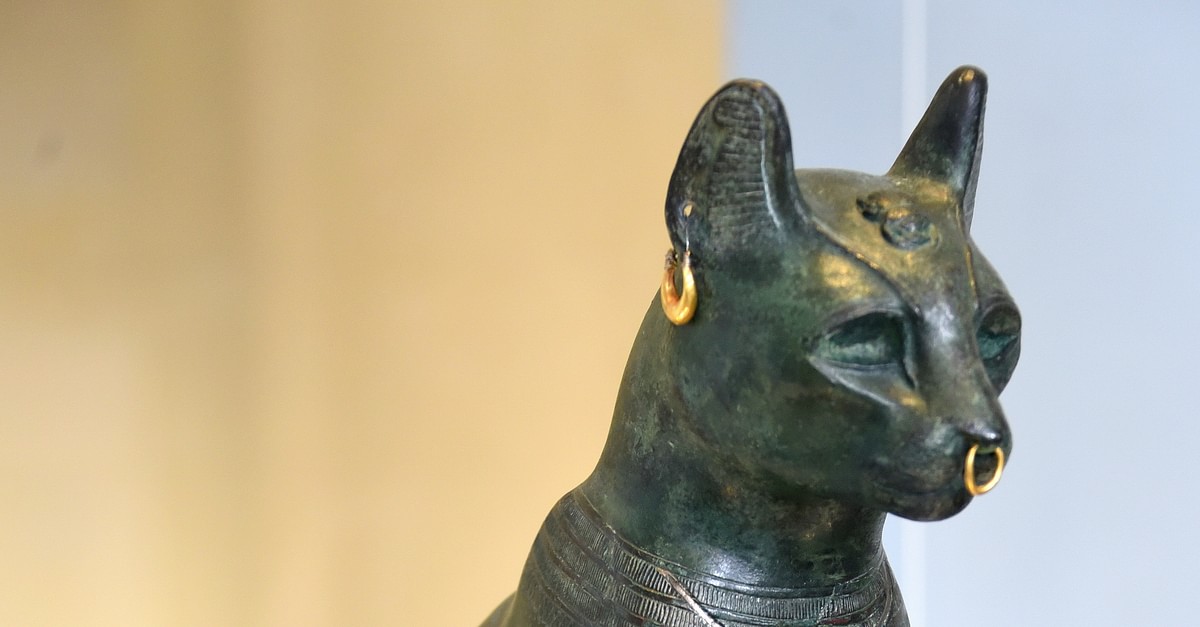
The Role of Cats in Ancient Egyptian Culture
Bastet, also known as Bast, was an ancient Egyptian goddess of cats, protection, fertility, and motherhood. She is believed to have originated during the Second Dynasty in 2890 BCE and was often depicted with a cat-like head. Bastet was primarily associated with the city of Bubastis in the Nile Delta which served as her principal cult center. Cats were an important part of ancient Egyptian culture and were closely linked to Bastet. They were thought to protect homes from evil spirits and represented justice, fertility, and protection in sculpture and artwork.
Bastet was a beloved goddess who was highly revered for her nurturing nature but also held a dangerous side that could bring destruction if need be. Her followers often dedicated cat mummies to her as offerings or tributes. In addition to being worshipped for protection purposes, cats were also prized by their owners for their hunting abilities which made them popular amongst royalty and wealthy families alike.
Cats are still beloved pets around the world today but it’s clear that they hold a special place in the hearts of those who remember their importance in ancient Egyptian culture. The legacy of Bastet remains strong even after all these years- she may no longer have followers offering up cat mummies but she will always be remembered as the beloved Egyptian Cat Goddess of Cats and Bubastis whose influence is still felt today

Bastet as the Goddess of Motherhood and Fertility
Bastet, also known as Bast, was an ancient Egyptian Cat Goddess of fertility, motherhood, and protection. She was originally worshiped in the form of a lioness but eventually evolved into being depicted as a cat. She was associated with the city of Bubastis and her main cult center was located there. Her name translates to “she who belongs to the ointment jar” which could point to her association with perfumes and oils.
As the goddess of motherhood and fertility, Bastet was highly respected in ancient Egypt for her ability to protect women during childbirth and promote successful pregnancies. Her symbols included chickens – which symbolized fertility – cats – which were associated with love and affection – as well as ointment jars – which were seen as containers of life-giving substances. The Egyptians believed that she had magical powers that could be used to heal illness or bring good luck during times of hardship.
In addition to being worshipped by pregnant women hoping for safe delivery, Bastet also held an important place in many religious ceremonies such as festivals honoring the dead. Statues depicting her were placed at temples throughout Egypt to show reverence towards this powerful goddess who protected both humans and animals alike from harm.
Bastet’s legacy still stands today through numerous depictions in art, literature, film, and television that showcase her strength, beauty, power, and wisdom. As one of the most beloved goddesses from Ancient
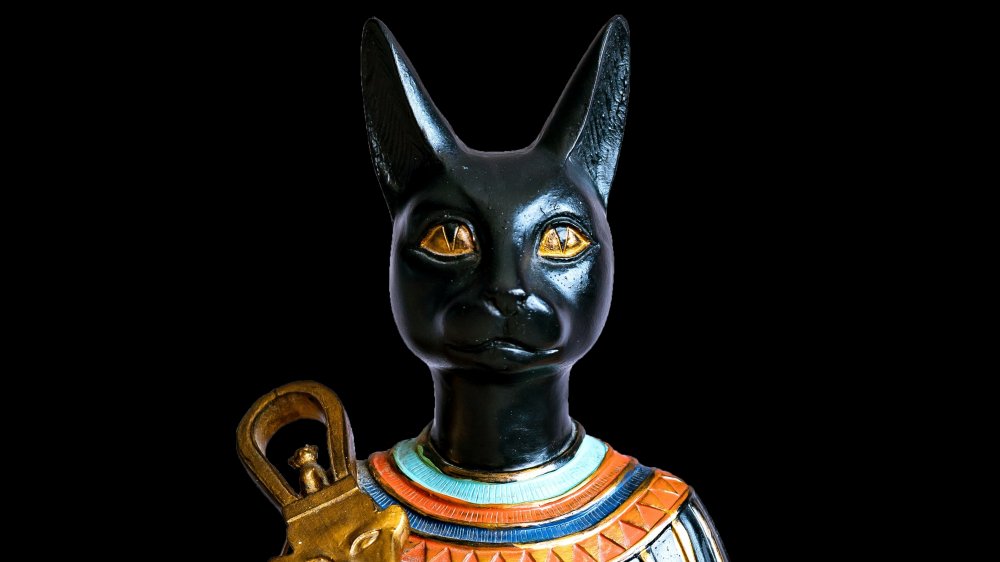
The Transformation of Bastet from a Lioness to a Cat
Bastet, also known as Bast or Bubastis, is an important goddess in Egyptian mythology. She was initially depicted as a lioness but over time she changed into the form of a domestic cat. Many believe that this transformation from a lioness to a cat happened during the 3rd millennium BCE and it was during this same time that Bastet became one of the most popular gods in Egypt.
Bastet was revered for her protection of households, fertility, childbirth, and women’s secrets. She also protected cats and was often seen as the protector of pleasure and good health. Ancient Egyptians saw her as a benevolent goddess who could bring luck and success to those who worshipped her faithfully.
In later years, Bastet gained more popularity due to her association with cats which were considered sacred animals in Egypt. Even today she is still honored by many people who view her as an important part of their culture and heritage. It is said that even offering offerings or small gifts to Bastet can bring good luck into your life. So why not honor this special goddess today?
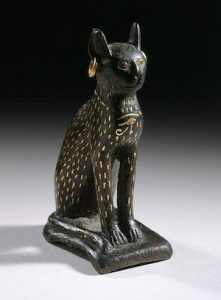
The Cult Centers and Festivals Dedicated to Bastet
Bastet, the Egyptian cat goddess, is one of the most beloved and iconic figures in Egyptian mythology. She was a protector goddess who guarded homes against evil spirits and was also known as the goddess of cats, fertility, childbirth, and women’s secrets. Her cult center was located in the city of Bubastis, where a festival honoring her birth took place each year. People would wear cat amulets to honor her and seek her protection while countless sculptures were made in her honor. Bastet remains a beloved figure in Egyptian mythology to this day, with many statues still being made as a tribute to her power and influence over all aspects of life.
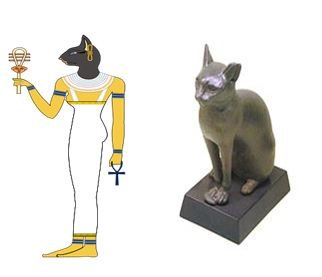
Symbols Associated with Bastet
Bastet, also known as Bast, is an ancient Egyptian goddess associated with cats and bubastis. She was originally worshiped in the form of a lioness and later as a cat. As the daughter of Re (the sun god) and Isis, she was seen as a protector of felines, households, home, domesticity, pleasure, and good health. In addition to her protective nature, Bastet was also considered to be seductive and ferocious.
Bastet’s symbols are associated with cats and Bubastis (the Greek name for the city where she was worshipped). Her cult center was located in Lower Egypt at a temple dedicated to her in Bubastis. The most famous bronze statue of Bastet is located at the museum in Cairo which depicts her as a seated woman with the head of a cat or lioness.
Other symbols associated with Bastet include saucers filled with milk (representing fertility), lions (for protection), ankhs (symbols of life), and cobras (a symbol of motherhood). Additionally, musical instruments were used to honor her during festivals such as sistrums which were shaken by priestesses while singing hymns in praise of Bastet.
Overall, Bastet is an important figure in Egyptian mythology who is still celebrated today through statues, jewelry pieces, and other artifacts honoring her legacy.

Her Relationship with Other Gods and Goddesses in the Egyptian Pantheon
Bastet, also known as Bast, was an ancient Egyptian goddess worshiped in the form of a lioness and later a cat. She was the daughter of Re, the sun god, and her cult rose steadily throughout history to become one of the most venerated goddesses in the pantheon. Her primary domain was cats, but she also protected the home from malevolent spirits and oversaw fertility and childbirth.
Bastet was originally worshipped in Bubastis in Lower Egypt as a lioness goddess – a role shared by other deities such as Sekhmet. As her popularity grew, she became associated with many other gods and goddesses of the Egyptian Pantheon such as Isis and Ra. The Gayer-Anderson Cat – one of the best-known Egyptian bronzes – was sacred to Re while Bastet’s fame spread far beyond Egypt’s borders.
Bastet was seen as both fierce and loving. She had a strong connection with cats which symbolized her ability to protect those who needed it while still being able to show love and compassion when necessary. This fascinating character perfectly encapsulates what made ancient Egyptian religion so unique – a combination of power and beauty found nowhere else on Earth.

The Significance of Mummified Animals Dedicated to Bastet
Bastet, the Egyptian goddess of cats and Bubastis, was an important figure in Ancient Egypt. She was associated with protection, fertility, and even childbirth. People honored Bastet by worshiping her and dedicating mummified animals to her, particularly cats.
The people of Ancient Egypt believed that all cats were sacred and venerated them as a symbol of Bastet’s power. In some cases, they could even be mummified after death as offerings to the goddess. Cats were seen as a physical embodiment of the goddess herself due to their independent nature and ability to protect themselves from danger.
The city of Bubastis in Lower Egypt served as an important center for worshipping Bastet. It contained a temple dedicated solely to her worship which contained thousands of cat mummies dedicated by her followers over hundreds of years. This site still stands today and is a testament to how much Bastet was revered in Ancient Egyptian culture.
Mummifying animals dedicated to Bastet allowed Egyptians to show their devotion to the cat goddess by providing an eternal offering that would never rot away or be forgotten over time. This practice also served as a reminder that those who worshipped the goddess would receive protection from any harm or danger she could provide them with through her powers.
By dedicating animals such as cats to Bastet, ancient Egyptians showed their appreciation for this powerful deity who protected them against evil forces while also protecting their homes and families from harm’

-The Depiction of Bastet in Art and Architecture
Bastet, the ancient Egyptian cat goddess, is one of the most beloved gods in all Egyptian mythology. She is associated with cats and protection, as well as fertility and motherhood. Bastet is often depicted in artwork and architecture wearing a headdress with a large pair of ears or a sun disk on her head. Bastet was believed to have originated from the town of Bubastis in Lower Egypt and was later worshipped throughout the country.
Bastet was first known to protect against contagious diseases like smallpox, which made her a popular figure among Egyptians. In addition to being a protector, she was also seen as an enforcer of justice who would punish wrongdoers with fiery eyes that could shoot fireballs. Her temple at Bubastis became one of the most important sites for pilgrimage in ancient Egypt due to its grandeur and beauty.
The depiction of Bastet in art and architecture is varied yet consistent throughout time; she is usually shown wearing her signature regal headdress paired with either an animal’s body or a human body that is adorned with jewelry and accessories. The cat-headed goddess often holds symbols such as scepters or ankhs which symbolize power, life, fertility, prosperity, strength, or protection from evil spirits.
In addition to her depictions in art and architecture, Bastet has been represented through hieroglyphic symbols as well including those for “cat” (b3s)and

-Bastet’s Legacy in Modern Egyptian Culture
Bastet, the Ancient Egyptian Cat Goddess, was a powerful deity in the Egyptian pantheon. She represented fertility, motherhood, and the protection of cats. She was associated with the city of Bubastis, which was also known as her home. As such, she became an important part of Egyptian culture and religion as well as a symbol of strength and protection to many people.
Bastet’s legacy can still be seen in modern Egypt today; she is still revered by many Egyptians who revere cats as a symbol of luck and protection. Her image is present on many modern-day coins and statues throughout Egypt, particularly those related to religious sites such as temples or tombs. In addition to this, Bastet’s name is used in modern Egypt to refer to cats themselves – often seen as symbols of love and loyalty – or when referring to cat-related activities or goods such as jewelry or cosmetics products.
Bastet is usually depicted with her head in the form of a cat or lioness but can also be shown with other animal heads such as that of a cobra snake or even an antelope. She was also known for her mysterious powers over life and death including her ability to cause plagues if angered; this may explain why ancient Egyptians held Bastet with much reverence.
Despite her reputation for being fierce at times, Bastet was also associated with celebrations like music and dance which are now integral parts of modern-day Egyptian culture. Today she
-The Adoption of Cat Worship by Other Cultures
Bastet, also known as Bast, was an Egyptian cat goddess of cats and Bubastis. She was worshiped by the ancient Egyptians since at least the Second Dynasty (approx. 2890-2686 BCE). Bastet was associated with protection, fertility, and motherhood. As a cat goddess, Bastet was believed to be a protector of cats and other animals. She was also seen as a source of joy, love, and pleasure in her role as the goddess of music and dance.
The worship of Bastet spread beyond Egypt during the New Kingdom period (approx. 1550-1077 BCE) when she became known to other cultures such as Greece and Rome for her association with cats. This led to her adoption by other cultures who then developed their versions of the goddess including Artemis in Greek mythology and Diana in Roman mythology.
In addition to being worshipped for her role in protecting cats, Bastet is also remembered for popularizing cat worship – especially among royalty – during the time she ruled over Egypt’s pantheon of gods and goddesses. Her cult became so deeply embedded in Egyptian culture that it survived until well after Christianity had become the official religion of Egypt in 395 CE.

-A Closer Look at Bubastis, City of the Cat Goddess
Bastet, also known as Bast, is an ancient Egyptian goddess of cats, protection, and joy. She was said to bring good luck to those who honored her. Her cult was centered in the city of Bubastis in the Nile Delta region. Today, she is still revered by many for her strength and power.
Bubastis was a major religious center during its time as the city of Bastet. It contained a large temple dedicated to her worship that was filled with images of cats and other animals associated with the goddess. People from all over Egypt would come to visit this temple and offer sacrifices to please Bastet and receive her blessings.
The city itself contained many other temples dedicated to various gods and goddesses – including Ra, Isis, Horus, Hathor, and Sekhmet – but Bastet’s temple was the most popular by far. Each year there were festivals held in honor of the cat goddess where people would dress up in cat costumes and perform rituals meant to bring good luck or ward off evil spirits.
Though much of Bubastis has been lost over time due to its destruction by invading armies, it remains an important symbol in Egyptian mythology today as a reminder of Bastet’s power and influence on Ancient Egyptians. Still today many people honor her legacy through artworks depicting various aspects of her cult or even through adoration for their pet cats!

-Modern-Day Celebrations Honoring Bastet
Bastet, or Bast for short, is an ancient Egyptian goddess associated with cats and Bubastis, the city of her worship. She was a warrior daughter of the sun god Ra and a beloved goddess of protection and pleasure throughout Egypt. Cats were held sacred in ancient Egypt, and Bastet was the most venerated feline deity. The cult of Bastet started around 664-332 BCE in the city of Bubastis, where many bronze cats were found in necropolises.
Bastet was also known as the goddess of war, fertility, love, sex, home, and family. Her association with Mafdet made her even more powerful as a protector against evil spirits and demons. Modern-day celebrations honoring this powerful cat goddess include festivals such as ‘House of Bastet’ which focus on joyous music-making and dancing while paying homage to the goddess’s strength and beauty. Through these ceremonies, we can connect to our ancestors who shared similar devotion to this widely revered deity.
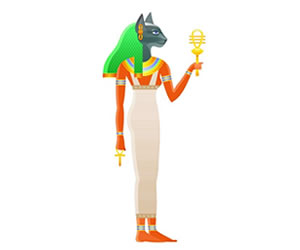
-Conclusion
Bastet, also known as the Egyptian Cat Goddess, was an ancient deity of Egypt who was worshiped in the form of a lioness and later a cat. She was the daughter of Re, the sun god, and the protector of homes from evil spirits. Her name is associated with Bubastis in Lower Egypt and she became increasingly popular beginning in roughly the 3rd millennium BCE. Bastet’s title “Eye of Ra” signified her ability to protect against all evil that threatened the people. Cats were long considered sacred in Ancient Egypt due to their power and influence over them, leading them to have a divine status. She symbolized fertility, childbirth, women’s secrets, domesticity, and cats themselves; making her one of the most renowned gods within Egyptian mythology. To this day Bastet remains an iconic figure amongst historians and archaeologists alike who are fascinated by her power and influence within Ancient Egypt.
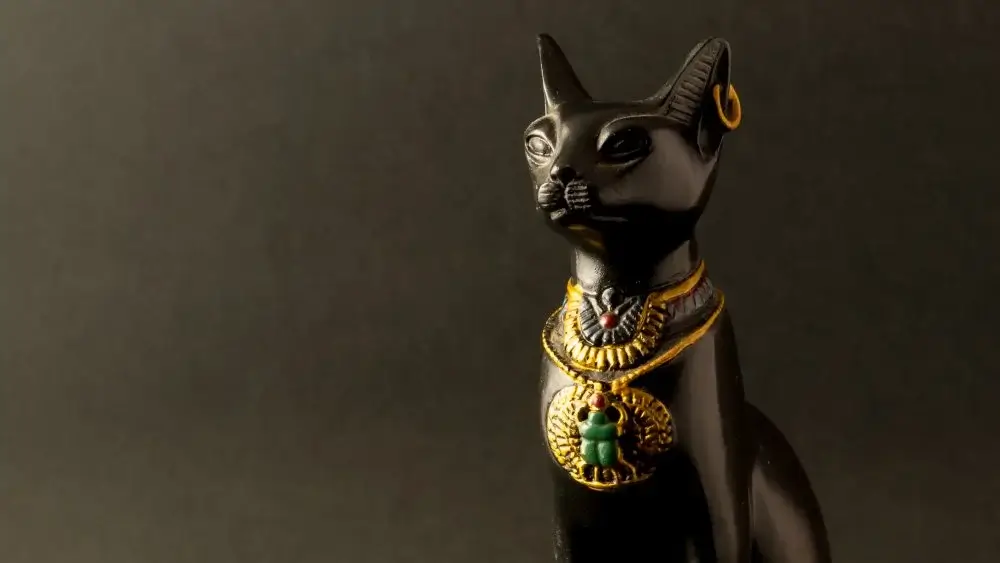
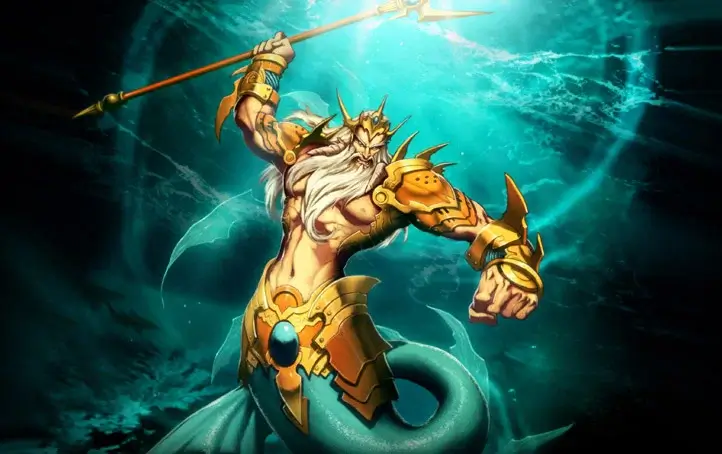
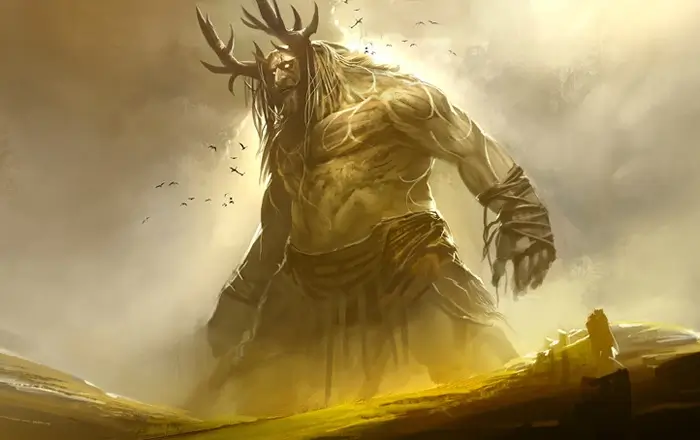
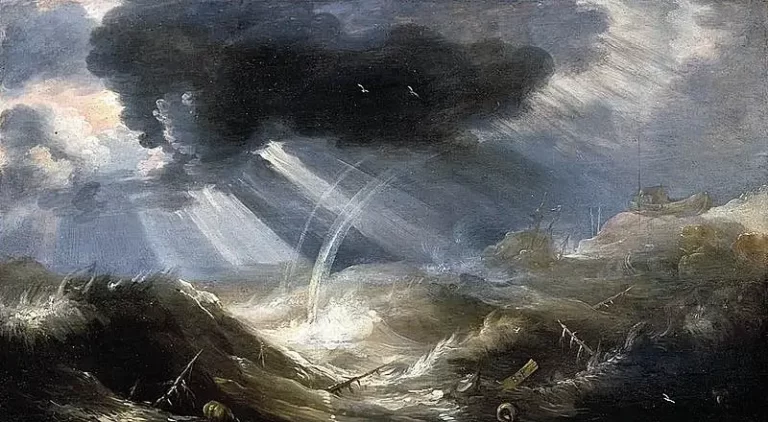
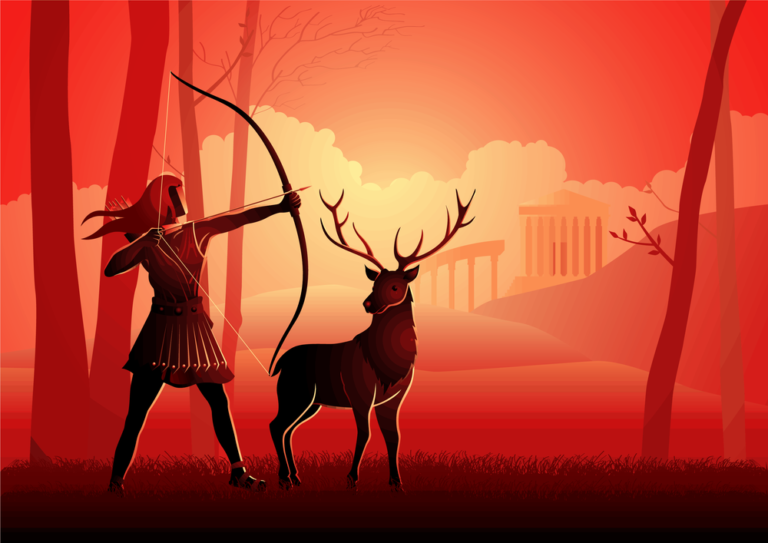
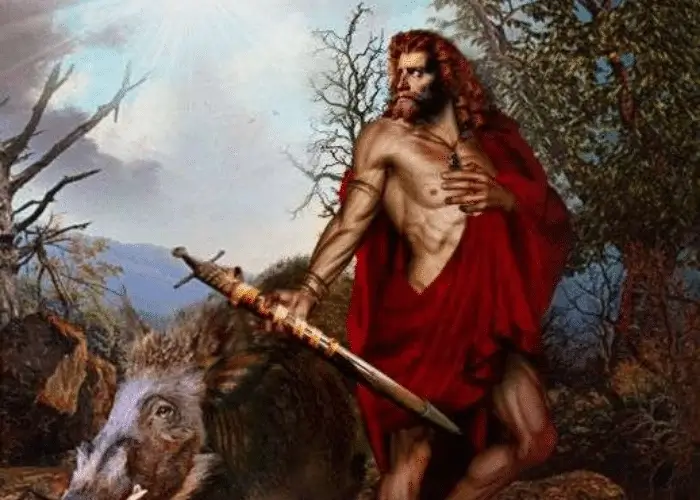
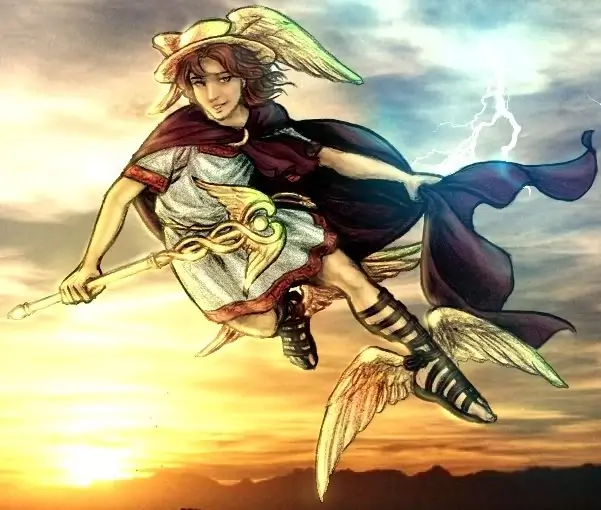
One Comment